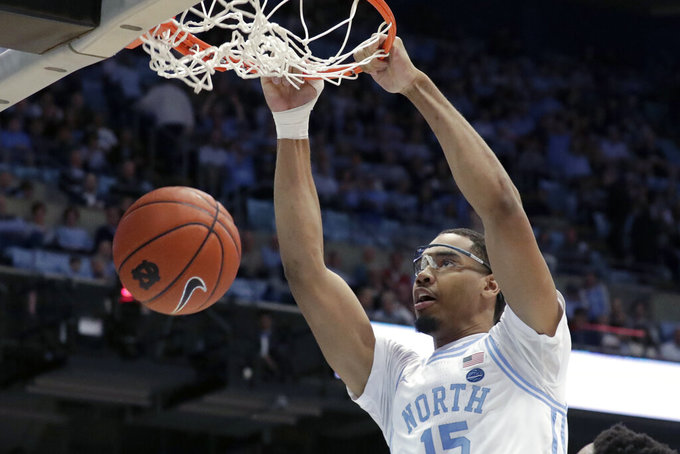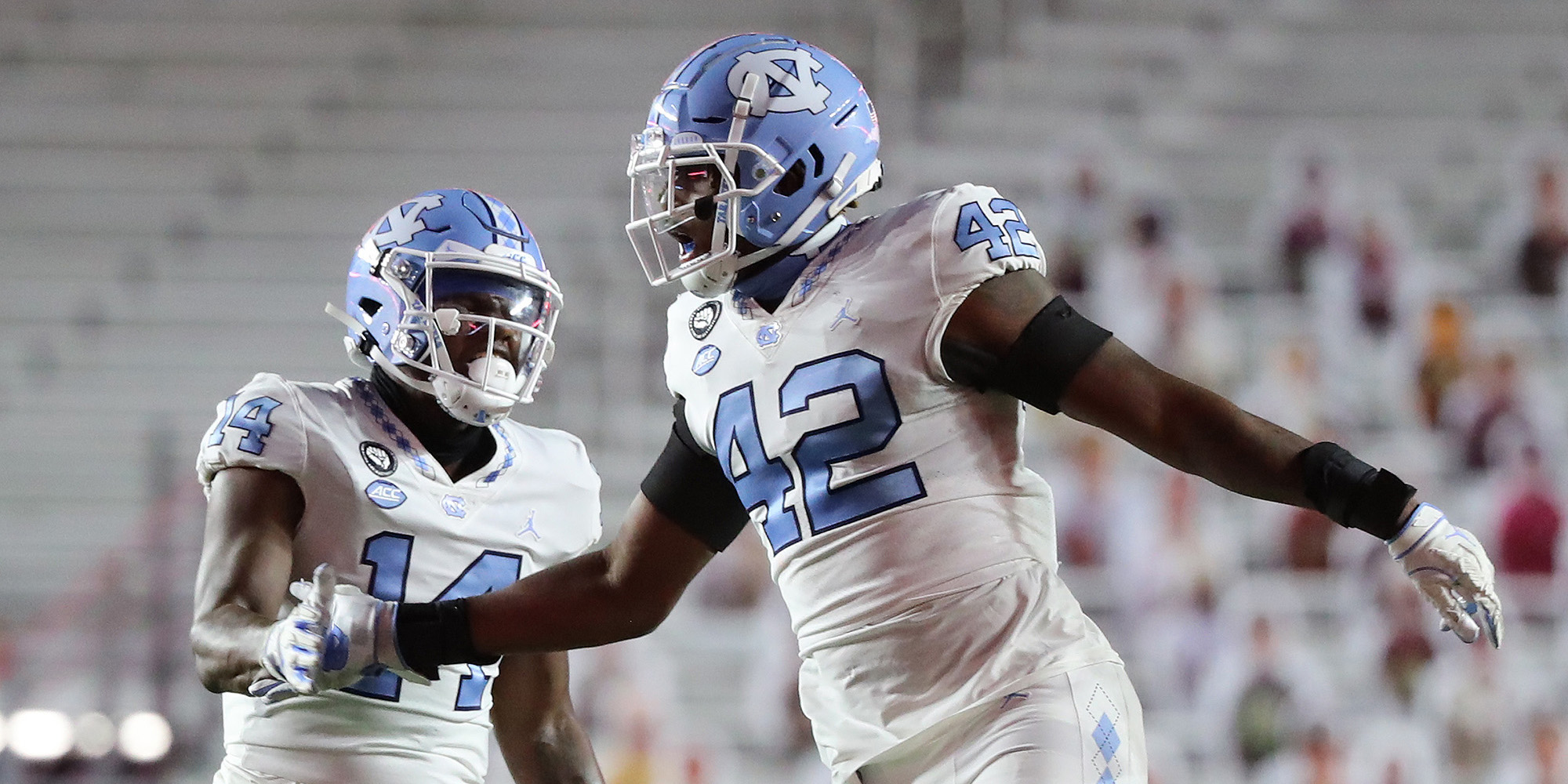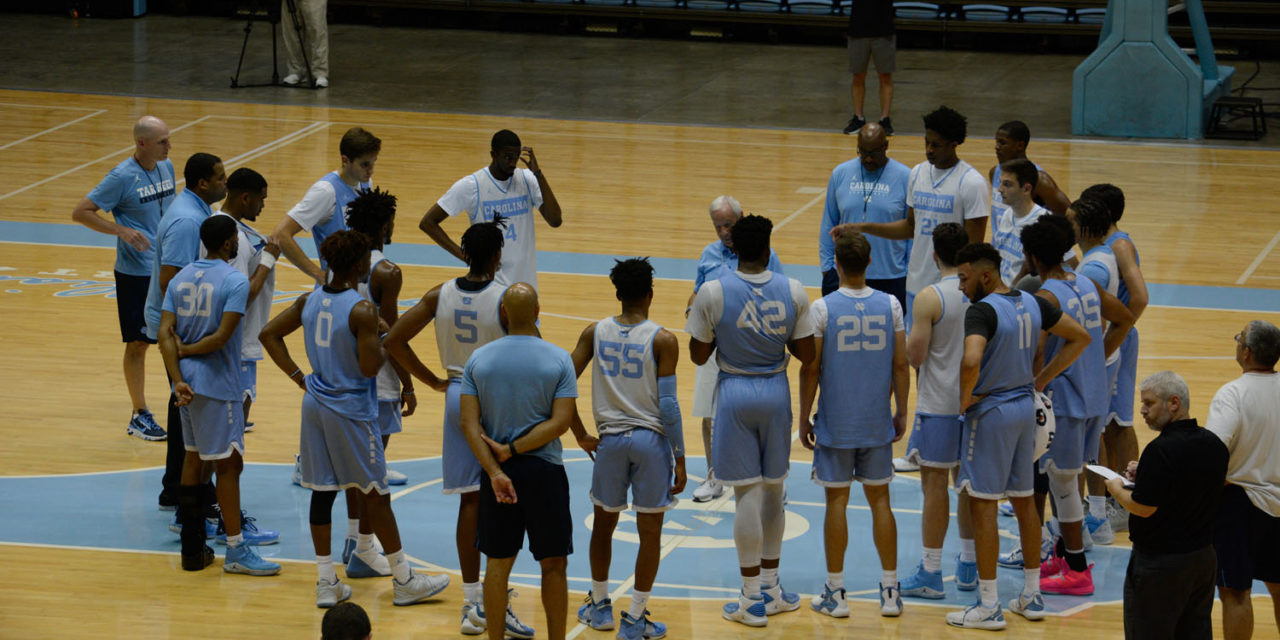If the rule was that easy to change, why did it take so long?
In 2009, former UCLA basketball star Ed O’Bannon filed an antitrust suit against the NCAA for college athletes to sell their own name, image and likeness. The case went seven years before the NCAA prevailed in the Supreme Court. Now, with one case in California going the other way, college athletes can get paid for their NILs.
Why, because all of a sudden it is in the best interest of the athletes? And because the NCAA was facing possible collapse?
While embracing change that is suddenly best for college athletes, the NCAA said new rules “must be consistent with the values of college sports and higher education and not turn student-athletes into employees of institutions.” That, of course, is the key. Retain the amateur status of athletes or face federal charges for not also paying them salaries and workman’s compensation benefits.
So the new NCAA policy is apparently bend-but-don’t-break. California’s law will allow college athletes in that state to profit from their NILs. With several other states including North Carolina pursuing the same types of legislation, the NCAA was finally backed into a corner. Its only option was to threaten the eligibility of college teams and athletes using the new laws, and you can see the legal mess that would grow into.
New royalty rules will be decided before implemented for the 2020-21 school year. They will likely allow the most marketable athletes to have agents to field offers from apparel and gaming companies. It will apply to male and female athletes, as not to threaten Title IX laws. The Nikes of the world will invest only in big stars, so most athletes will try to make deals with local companies.
The NCAA claims to have been studying this matter since May, which was about the time it learned the California case had real legs. So now it can say, “We were moving in that direction all along.”
Not so with the O’Bannon suit, when the NCAA spent millions to defend its position and won – for the time being.
That would have been a good point to move forward instead of agitating an entire generation of athletes who missed making well-deserved dollars while their schools were getting all the jack.
As an example, how much would have UNC all-timer Tyler Hansbrough made from royalties on the #50 jersey in his heyday?
Podcast: Play in new window | Download
Subscribe:
Related Stories
‹

Chansky's Notebook: Bailing OutRoy Williams probably had reasons for the soft statements. Carolina fans reacted strongly to the video of a team party after the win over Duke. Only Armando Bacot and Day’Ron Sharpe were in the video, but a statement from players and managers said it was supposed to be a closed event that other students and […]

Chansky's Notebook: Please, Go In!UNC men's basketball faces what is an early season must-win at Georgia Tech. Art Chansky says a look at the statistics is painful, but not terminal.

Chansky's Notebook: Leaky Steps UpDean Smith used to say he’ll be happy with a one-point win. The legendary UNC basketball coach struggled spiritually between playing well according to his teachings, regardless of outcome, and winning no matter how poorly you play. Since his job was to win and he was so competitive, he chose the latter. If he was […]

Chansky's Notebook: Rock(et) StarBen Kiernan was UNC’s MVP of the Notre Dame game. When Mack Brown went over the 31-17 loss, he gave mixed reviews to the two main branches of his Tar Heels’ play. He said the offense was good in the first half and then “went dead” in a scoreless second half. He praised the Tar […]

Chansky's Notebook: Goals and AmbitionsGarrison Brooks has both opportunity and pressure. On paper, the ACC looks as weak as it has been in some time due to widespread losses to graduation and early departures to the NBA, and no sure-shot superstars in the incoming recruiting classes. A beneficiary of this development is Brooks, the Carolina senior who was second-team All-ACC last year and earned the league’s […]

Chansky's Notebook: A COVID DebateClemson was livid that Florida State wouldn’t play the game. Let’s be lawyers, and make a case for each of the teams that did not play its scheduled game over the weekend. Clemson had traveled to Florida State when it learned a player with mild symptoms who had practiced with the team all week tested […]

Chansky's Notebook: Draft DodgersCarolina and Duke players have lost ground in the NBA draft. Like everything else with sports in the COVID era, the NBA draft goes off tonight after being postponed for five months. And if you look at the various mock draft boards, certain things jump off your screen. First of all, about half the names […]

Chansky's Notebook: A Two-Thirds Bet?What if Phil Mickelson and Mack Brown amended their bet? With the Masters being moved back to this weekend due to COVID, perhaps the three-time champion should revisit the fun bet he made with Carolina’s football coach back in 2003. The famed lefthander was still seeking his first Green Jacket when he partnered with the Texas football coach at the […]

Chansky's Notebook: Kudos To CarolinaUNC teams did a commendable job beating the odds. Who among us thought the ACC would be playing football and other fall sports last summer? With the pandemic upon us and the medical experts still learning, the seasons looked like a long shot. While other conferences pumped the breaks and/or called off football, the ACC […]

Chansky's Notebook: Extra MotivationCarolina’s schedule could be working to its advantage. When the COVID-revised list of games came out, it looked troublesome for the Tar Heels with Virginia Tech and Florida State basically bookending Notre Dame and Miami with four rivalry games in a row right in the middle. Coaches usually don’t like that because it takes a […]
›









